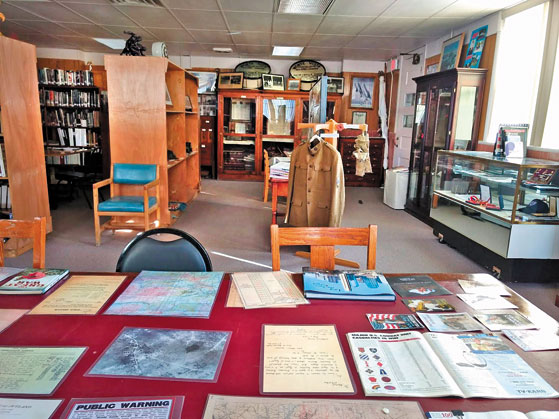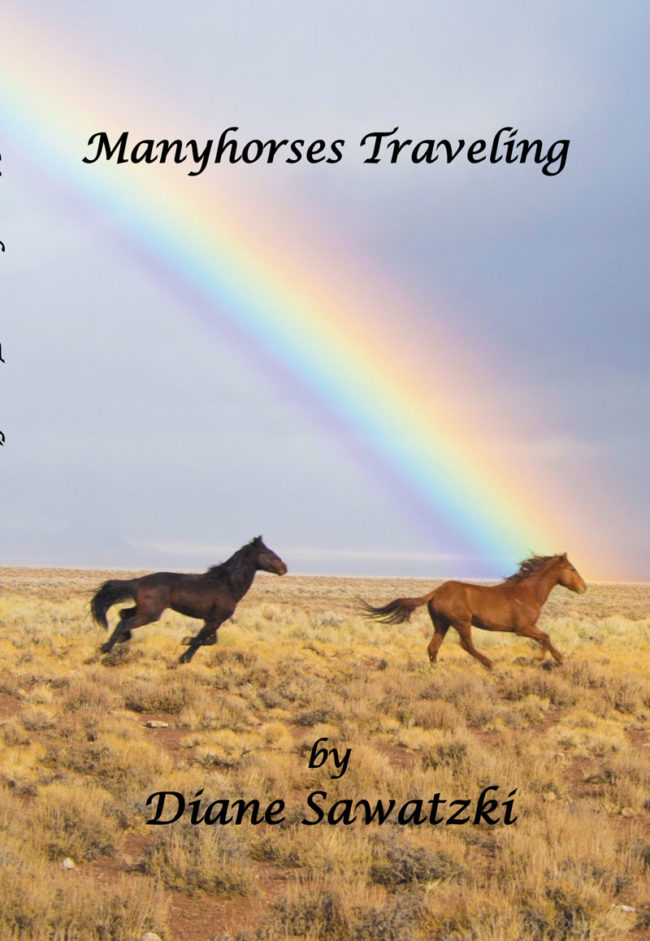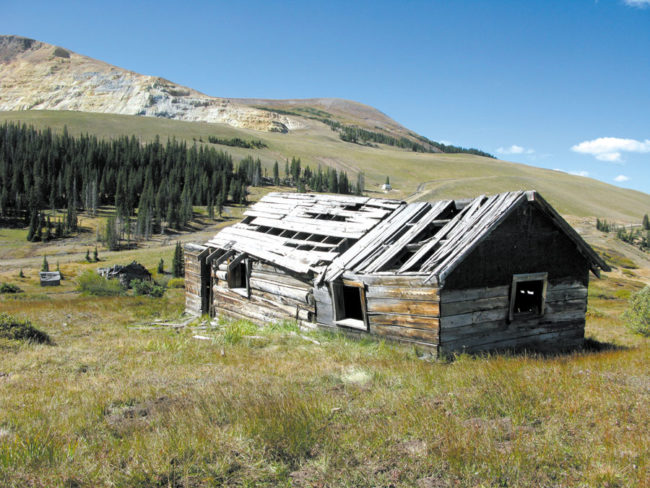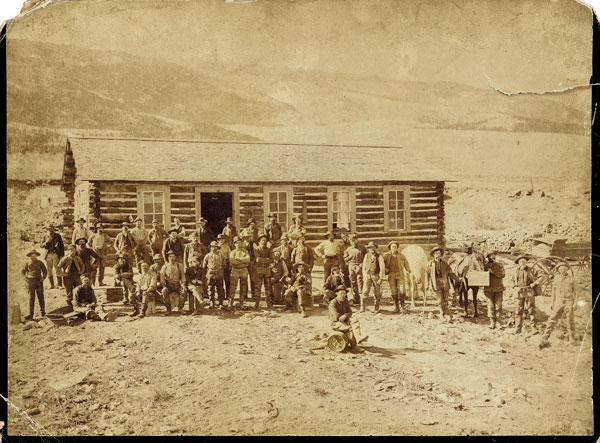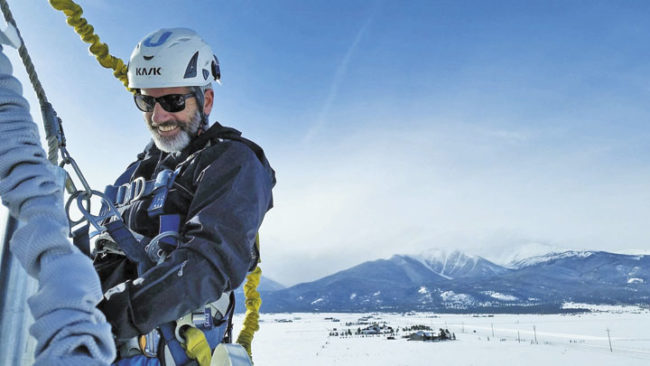By Brian RIll “Falling leaves from the winter trees, the secrets kept of you and me, all the things you said before were true. Hold on tight to what’s inside and make the best in all we try; never let me separate from you. Because baby you are the one.” You Are The One is the first song you will be introduced to when visiting The Lost Silhouette’s web page www.thelostsilhouettes.com. The lulling vocals and smooth acoustic guitar might leave you feeling like you are falling from a soft cloud. Harmonies rain down from a pregnant space of the human…


